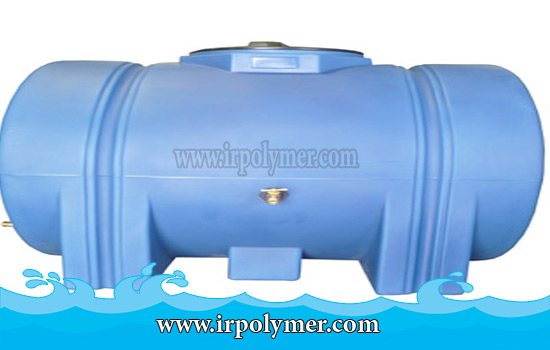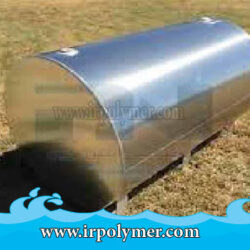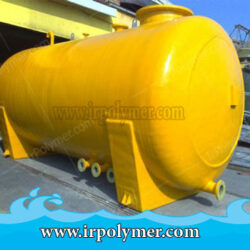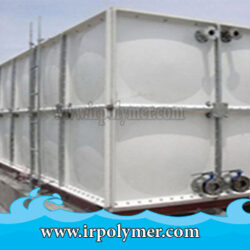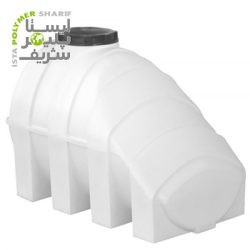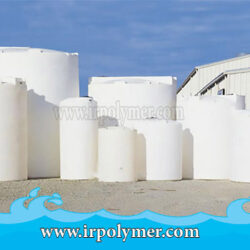Water storage tanks can be made of concrete, metal, or plastic. Each type of these tanks serves a specific purpose and can be used as a plastic drinking water source or a metal source for water storage. One of the primary uses of these tanks is for storing drinking water. Plastic tanks, primarily heavy-duty polyethylene, exhibit high resistance to environmental factors and offer flexibility. For long-term water storage, food-grade polyethylene and triple-layer tanks are used to prevent changes in water color, taste, and odor. The inner layer of a triple-layer tank must be certified for sanitary purposes, the outer layer should maintain color stability over the long term, and the middle layer should resist sunlight radiation.
Types of Plastic Tanks and Their Applications in Drinking Water
- Single-layer polyethylene tanks are used in chemical, food, and textile industries.
- Triple-layer tanks, due to their UV-resistant layer preventing sunlight penetration, exhibit high durability against any form of degradation and are algae-resistant. Polyolefins such as polyethylene have wide applications, and their tanks are competitively priced compared to other types. Using multi-layer polyethylene tanks is cost-effective in terms of transportation, equipment, and installation time.
- Another commonly used type of drinking water tank is the foam-layered tank, available in two-layer and three-layer configurations. The presence of foam reduces heat transfer, making it suitable for drinking water applications and protecting against temperature changes.
Advantages and Disadvantages of Plastic Drinking Water Tanks
Generally, polyethylene tanks offer advantages such as thermal insulation, lightweight, corrosion resistance, easy repairs, easy installation of fittings, and availability in different colors. However, they are prone to significant thermal expansion. They can also crack upon impact with sharp objects and are susceptible to ignition.
Addressing Algae Growth Issues in Drinking Water Tanks
Since algae growth in water tanks is a common issue, measures must be taken to produce the best and highest-quality drinking water storage tanks. Factors contributing to algae growth include heat, so water inside the tank should be kept away from temperature fluctuations and excessive heat, making foam-layered tanks a suitable choice. Direct sunlight exposure also generates heat; thus, polyethylene tanks with a black inner layer prevent light penetration. Proper sealing of tank joints is crucial, as any openings allow light entry. Polyethylene tanks have fewer joints compared to metal tanks, demonstrating their superiority.
Choosing a tank with a fully polished inner layer also reduces algae growth, a benefit provided by polyethylene tanks. In other words, polyethylene tanks manufactured without seams and connection lines are less rough and highly suitable for drinking water. In regions with very hot climates, underground tanks should be used to prevent any light from entering the water.

